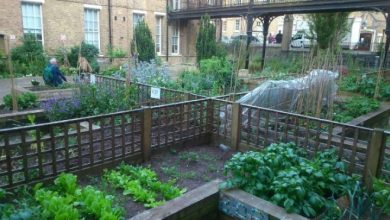Integrated Pest Control: What it is and main techniques
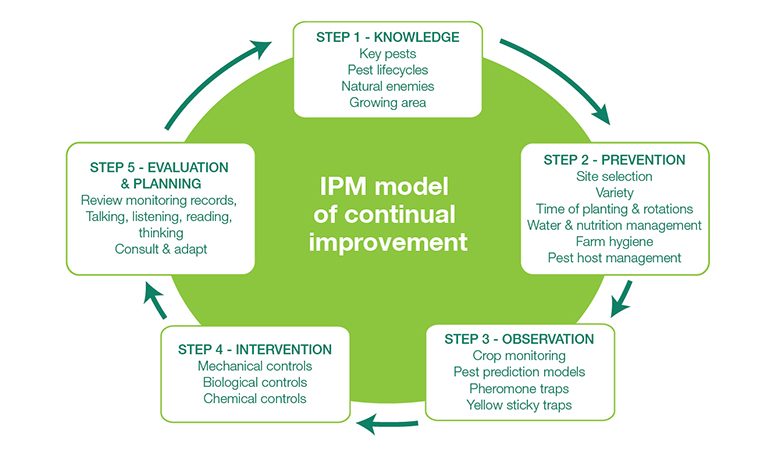
Today we will talk about the integrated fight. We will see what it is, the fighting techniques that we can use in the garden to prevent pests and diseases, and also to combat them.

WHAT IS THE INTEGRATED FIGHT?
Integrated fight is the method you should use to combat pests and diseases in an ecological and sustainable way. This fight is not intended to completely eliminate all the organisms that can become pests or diseases, but rather to keep them «at bay» so that they do not cause damage to crops.
The integrated fight includes a lot of techniques and different aspects of orchard management (we will see them below). As we have already seen in other articles in the “Pests and diseases” category, one of the keys to fighting pests and diseases in organic gardens is prevention. For this reason, the first thing we are going to see in today’s post are some ecological techniques for pest prevention.
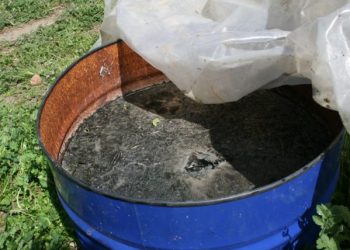
INTEGRATED FIGHT TECHNIQUES TO PREVENT PESTS AND DISEASES
1. Association of crops
A good planning of the species that we are going to have in the garden and how they will be placed. For this, the technique of intercropping is very useful.
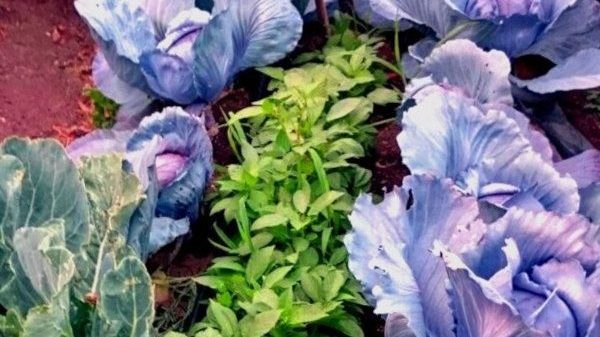
2. Use local or rustic varieties
Use local or rustic varieties, those that grow well in the region where we have the garden, that are adapted to the climate and soil and that, therefore, are less prone to pests and diseases.
3. Crop rotation
Use the crop rotation technique for successive years.
4. Beneficial plants in the garden
Have beneficial plants in the garden, such as hedges that help to have more biodiversity, plants that attract beneficial insects or repel aphids, whiteflies and other pests. For this there are many useful aromatic plants that you can put in the garden interspersed with the crops.
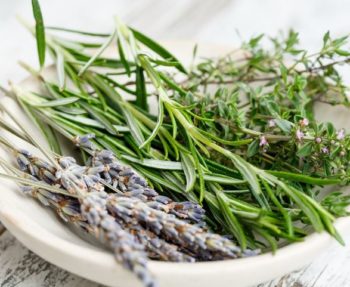
5. Natural pest and disease preparations
Know which pests and diseases are the most common in each crop and be attentive to their possible appearance. You can also go ahead and try to prevent them by applying natural repellent preparations or, if they are fungi for example, avoiding excessive humidity in the aerial part of the plants or using drip irrigation.
6. Organic fertilizer for the garden
Have a healthy and well fertilized soil so that the plants are stronger and more resistant. For this, compost is one of the most effective natural fertilizers, although there are also others like the ones we saw in the post “ 5 ways to fertilize the organic garden”.
The biosolarization technique, which combines the application of compost with heat, will also help you clean up the soil if you have had problems with nematodes or other pests and diseases.
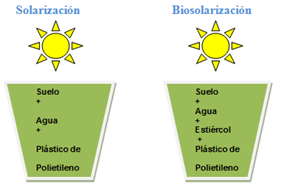
7. Physical barriers against pests
Place physical barriers to prevent pests from reaching crops. For example, fencing off lettuce beds or other leafy vegetables with ash or sawdust will prevent snails and slugs from reaching them, or placing padding or mulching will make it more difficult for pests such as the potato beetle to access the soil. and affect the crop.
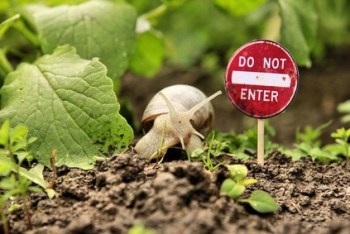
8. Weed control
Control weeds that can develop around our crops, as they can become the perfect habitat for unwanted insects.
INTEGRATED FIGHT TECHNIQUES TO ELIMINATE PESTS AND DISEASES
- Pruning or elimination of areas affected by the pest or disease.
- Manual removal of pests.
- Traps to capture pests. Some examples: yellow whitefly traps or other pheromone traps that attract insects and have a glue that causes them to stick to them and die, beer containers where mollusks that fall into them like slugs or snails will drown …
- Use of natural enemies or «beneficial fauna». A very typical example is that of ladybugs, which eat aphids. In the Agrohuerto TV video «How to raise ladybugs at home» Álvaro taught us the keys to easily get a good population of ladybugs that we can release in our garden and that will help us control pests.
We also saw in another post how to build a house for beneficial insects. Another example of a natural enemy is the Bacillus thuringiensis bacterium, which is widely used in sustainable agriculture as it helps control common horticultural pests.
5. Use of natural organic pesticides such as Neem tree oil or infusions with plants such as horsetail, nettle… There are also inorganic pesticides that do not come from plants but are also natural, such as potassium soap to fight against whitefly or aphids, or powdered sulfur and copper, which are used to prevent fungus in the garden.
References
- Buena, A., Díez-Rojo, M., López-Pérez, J., Robertson, L., Escuer, M., Bello, A. (2008).Screening of Tagetes patula L. on different populations of Meloidogyne. Crop Protection, 27(1), 96-100.
- Ali, P., Chen, Y., Sargsyan, E. (2014). Chapter 12 – Bioactive Molecules of Herbal Extracts with Anti-Infective and Wound Healing Properties, Editor(s): Kateryna Kon, Mahendra Rai. Microbiology for Surgical Infections. Academic Press. Pages 205-220.
- Keshavareddy, G., Kumar, ARV (2016).Chapter 14 – Bacillus thuringiensis, Editor(s): Omkar, Ecofriendly Pest Management for Food Security, Academic Press, 443-473.
So far my little contribution on what is the integrated fight and some methods that will be useful to apply it in your garden. I hope you can make some notes with your ideas and tricks of integrated fighting!

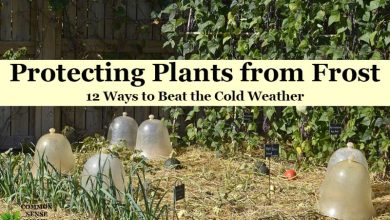
![Photo of Sorrel: [Cultivation, Irrigation, Care, Pests and Diseases]](https://www.complete-gardening.com/wp-content/uploads/2022/08/sorrel-cultivation-irrigation-care-pests-and-diseases-390x220.jpg)
